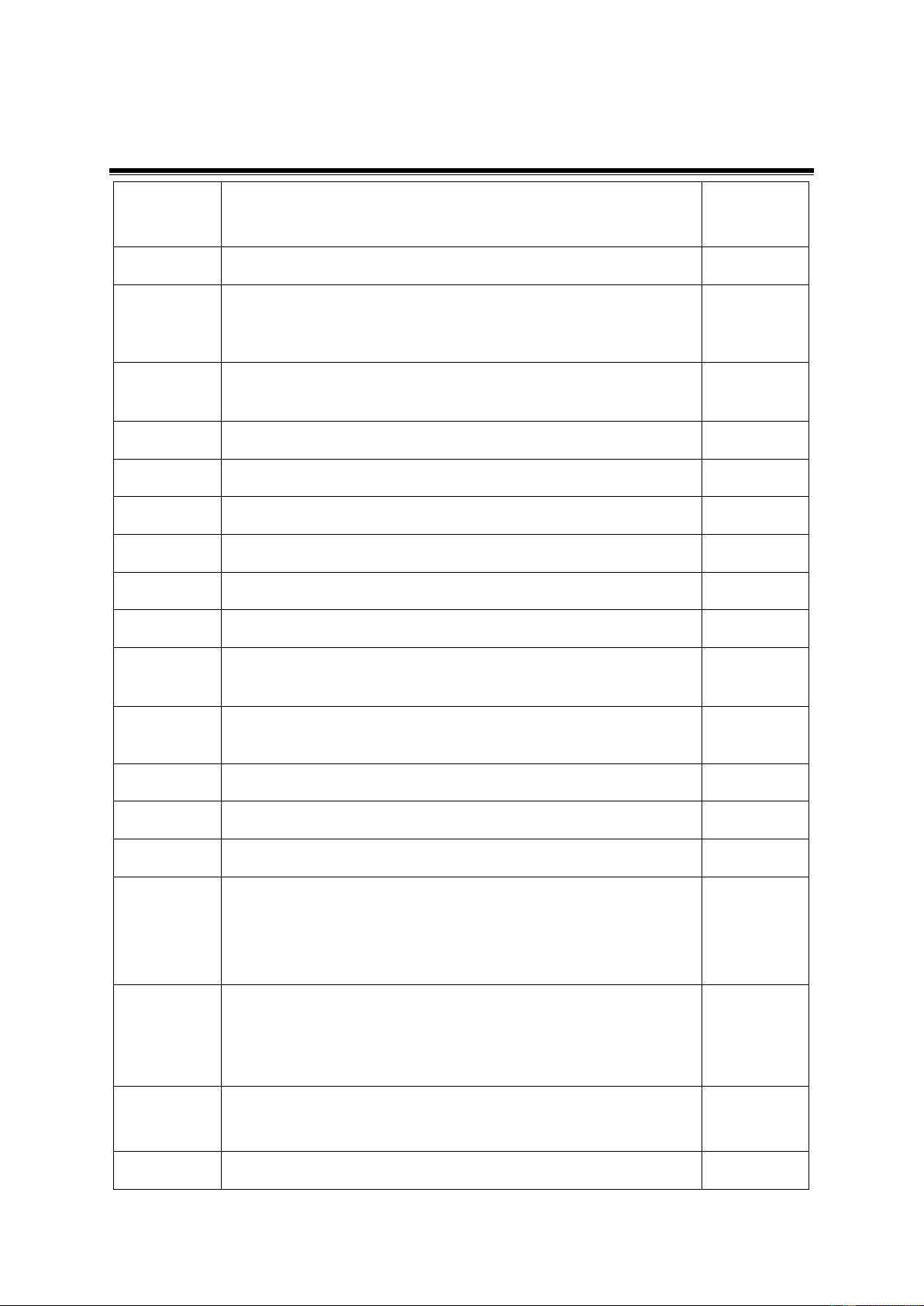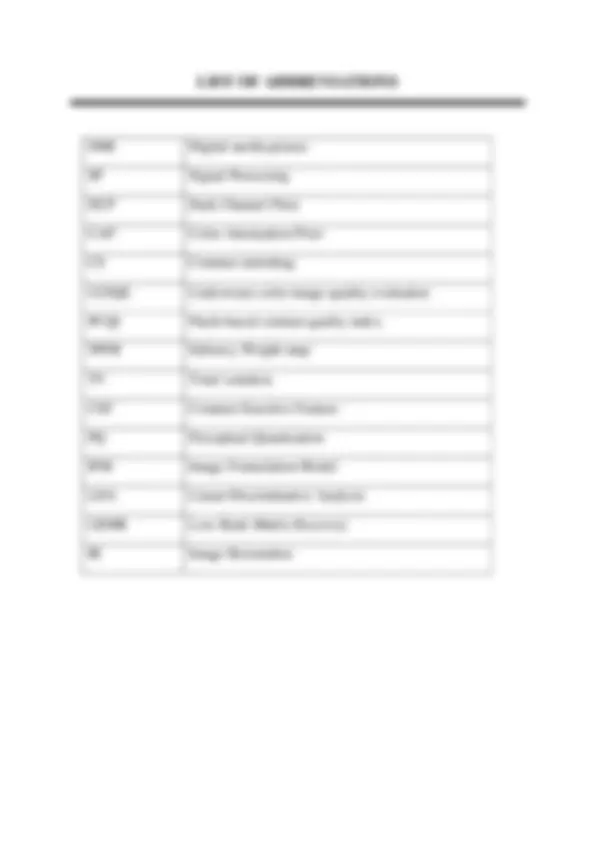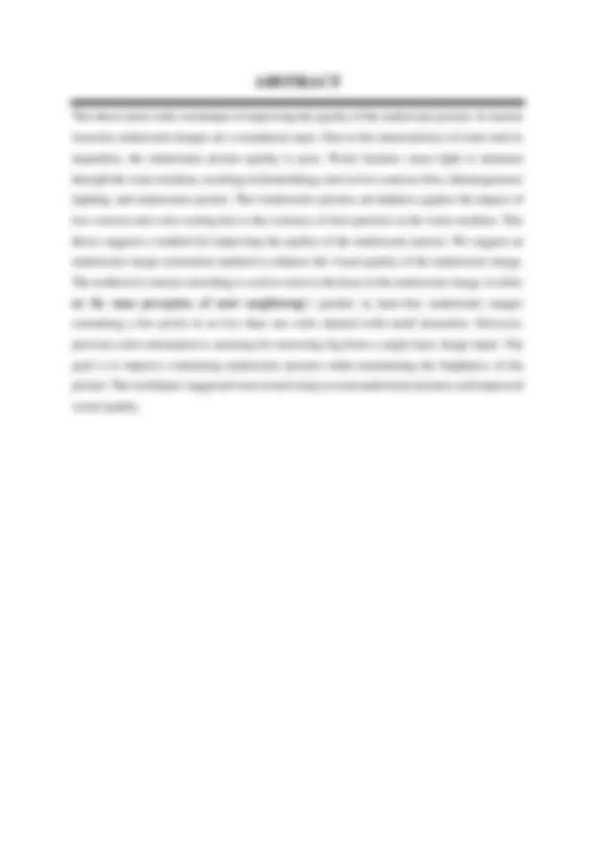




Study with the several resources on Docsity

Earn points by helping other students or get them with a premium plan


Prepare for your exams
Study with the several resources on Docsity

Earn points to download
Earn points by helping other students or get them with a premium plan
Community
Ask the community for help and clear up your study doubts
Discover the best universities in your country according to Docsity users
Free resources
Download our free guides on studying techniques, anxiety management strategies, and thesis advice from Docsity tutors
research work uploded of pdf formate
Typology: Thesis
1 / 4

This page cannot be seen from the preview
Don't miss anything!



Figure No. Figure Caption Page No. 1.1. Underwater scene of light propagation. 3 1.2. Penetration of light with different wavelengths in the ocean. 3 1.3. (a) Simplified image formation model. (b)–(f) Examples of underwater images having different underwater color tones.
1.1 1. Methodology for an underwater image enhancement method 16 3.1. Flow diagram of the proposed methodology. 30 4 .1. Dataset Images. 34 4 .2. Execution steps of proposed Methodology. 35 4 .3. Qualitative picture comparison shown in Fig. 2.(a) initial underwater picture (b) Result of haze reduction (c) Result of salience weighted map (d) Result of CAP (e) Result of transmission estimate (f) Result of DCP (g) suggested contrast stretching lead.
4 .4. image (a) 2.jpeg, image (b) 5.jpeg, image (c) 3.jpeg, image (d) 4.jpeg, and image (e) 6.jpeg, has been used in research work which shows the different techniques used in the proposed methodology.
4 .5. (^) The visual output images after applying proposed techniques on Dataset.
4 .6. Graph plot of UCQI & PCQI. 38
Table No. Table Caption Page No. 5 .1. Comparison of Base and Propose of UCIQE and PCQI.
This thesis deals with a technique of improving the quality of the underwater picture. In marine research, underwater images are a mandatory topic. Due to the characteristics of water and its impurities, the underwater picture quality is poor. Water features cause light to attenuate through the water medium, resulting in diminishing color in low contrast, blur, inhomogeneous lighting, and underwater picture. The Underwater pictures are helpless against the impact of low contrast and color casting due to the existence of dust particles in the water medium. This thesis suggests a method for improving the quality of the underwater picture. We suggest an underwater image restoration method to enhance the visual quality of the underwater image. The method of contrast stretching is used to remove the haze in the underwater image. It relies on the main perception of most neighboring’s patches in haze-free underwater images containing a few pixels in no less than one color channel with small intensities. However, previous color attenuation is amazing for removing fog from a single hazy image input. The goal is to improve contrasting underwater pictures while maintaining the brightness of the picture. The techniques suggested were tested using several underwater pictures and improved visual quality.